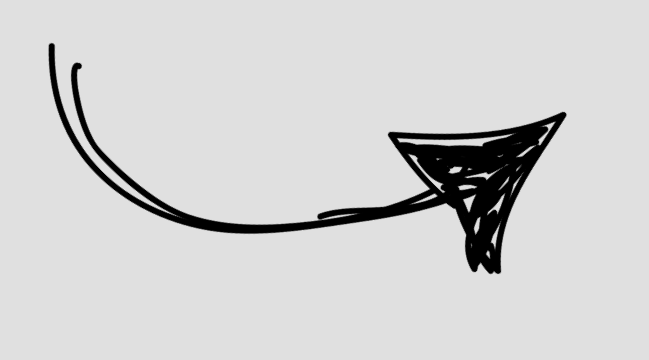Comparison of User Experience (UX) amongst Esports Tactical Shooters
Background
E-sports have become a major global phenomenon, with first-person shooters (FPS) like Counter-Strike, Valorant, and Overwatch. Despite the need to maintain the rigidity and integrity of esports standards, these games exhibit distinct design philosophies.
This project conducts a heuristic evaluation of the user experience (UX) across various FPS games, utilizing design thinking methodologies to create a unified design that enhances overall UX.
The design approaches of these games reflect the Cathedral and Bazaar design styles:
Counter-Strike: Global Offensive; Cathedral model, focusing on a structured, controlled design.
Valorant; Bazaar approach, offering flexibility and community-driven design, with frequent updates.
Overwatch; middle ground, blending elements of both Cathedral and Bazaar to maintain structure while allowing for adaptability.
This project combines these design philosophies into a cohesive, intuitive user experience for competitive gaming, while simultaneously upholding the standards of esports.
The Cathedral vs The Bazaar Style of Design
Role:
UX Research, Heuristic Evaluation, Data Visualisation, Data Analysis, Wireframing, Technical writing, Academic Writing, Storyboarding
Tools:
Figma, Miro, LateX, Word, Rstudio
Problem
Despite being some of the top e-sports titles for years, tactical shooter games have faced significant user experience issues and inconsistencies across their player bases. Even with vastly different design philosophies, users continue to encounter a wide range of problems.
Solution
Identifying the strengths of each design, addressing their shortcomings, and combining the best elements into a unified design system, a more seamless user experience can be created, ultimately driving business through enhanced user satisfaction.
Comparison and identification of similarities and differences across the designs influencing user experiences
Execution
The project began with a comparative evaluation of the UI and UX across three tactical shooter games. Next, user surveys were conducted to gather UI feedback, identifying issues like clutter and congestion. The heuristics of e-sports design were then analyzed, along with current design trends, to establish best practices. Following this, data analysis was performed to identify areas needing improvement. Based on these insights, design changes were implemented, resulting in a unified design that addressed the issues in each game and enhanced the overall user experience.
Updated UI reflecting a streamlined design, eliminating clutter while ensuring consistency across the design system, based on data-driven heuristic analysis






